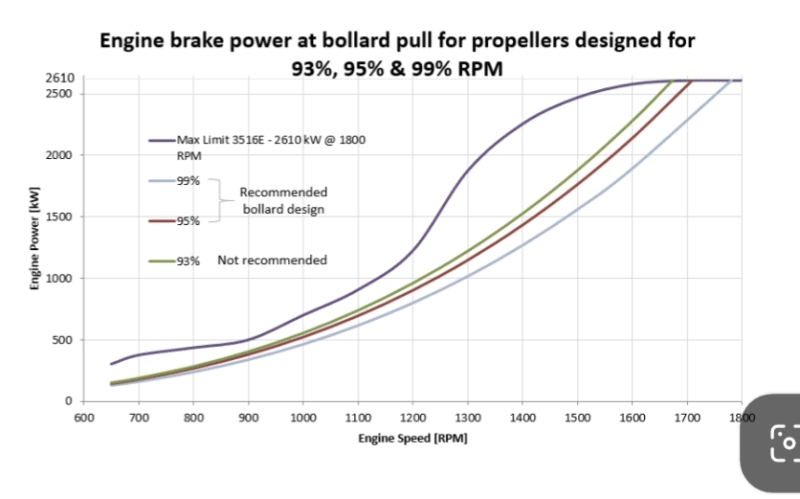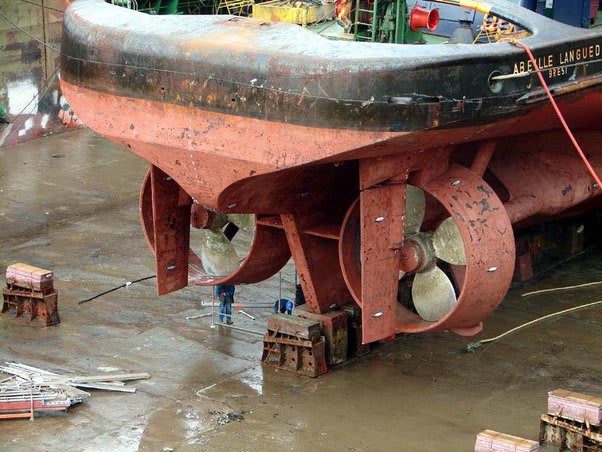Well, Tug . . . it depends, "I think".
Would that not have a great deal to do with how much time the vessel spends at low speed as opposed to full or higher speeds?
The mind picture I'm using is that when a vessel moves from rest to slow speed ahead is that the prop will at first develop thrust on all of its surfaces, some areas more, some less.
As way is put on the velocity of water flowing past the propellor will in some areas of the prop surfaces be less than the screw advance, and in these areas the prop will develop thrust.
Where the velocity is greater than the screw advance, the prop surface will actually do work to slow the water velocity down due to the negative angle of attack.
If I'm grasping your question correctly, you're looking to do something about this thrust/drag imbalance at low speed.
I'd "think" the answer lies somewhere in an analysis of the vessel's normal use; would any mods to reduce this imbalance at low speed be deleterious at higher speeds, i.e. tug boats typically spend a lot of time develop full thrust at zero to very low water velocities . . .
I'll stop here, as I'm already pushing the limits of my wheelhouse . . .
choice , always being a compromise, w
CR
"As iron sharpens iron, so one person sharpens another." [Proverbs 27:17, NIV]


